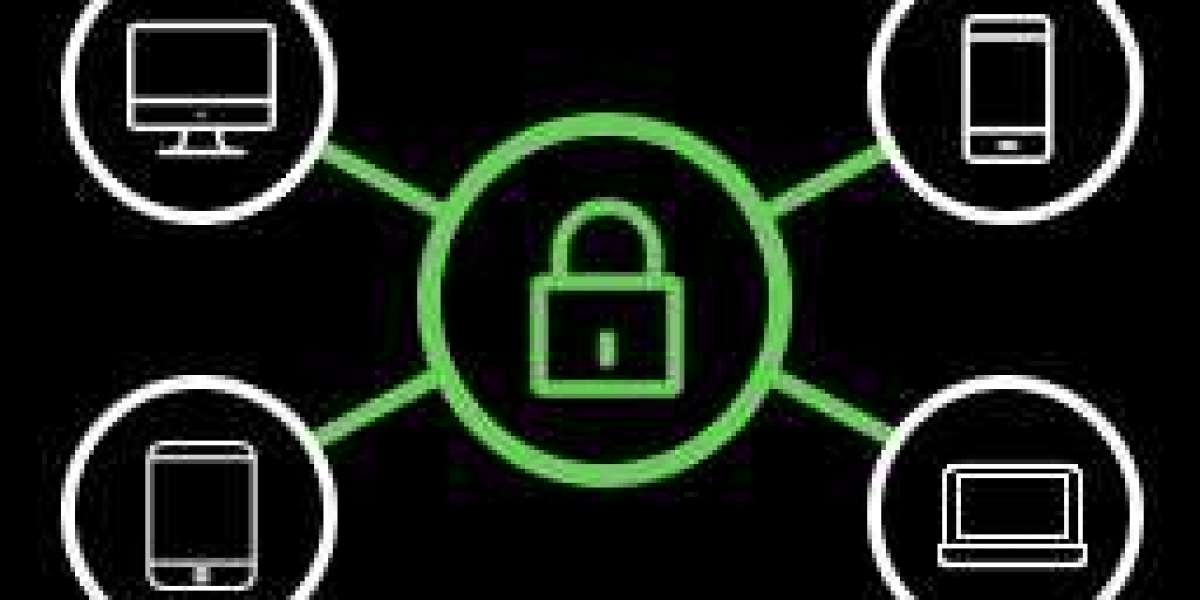Why is a network security checklist needed?
Security experts like to say that data is most at risk when moving, according to the Federal Communications Commission, so it's not surprising that you always work with the team to create the latest network security checklist. Since mobile and shared data is in today's business, perhaps especially for consumers, it is a responsibility and challenge as a dedicated IT leader to keep an eye on everything in safety.
A network security checklist is the best way to make you feel comfortable that everything is pinched and blocked, safe from the scary eyes of cyber criminals. It is essential to remember, however, no matter how detailed your checklist is at any given time, you need to schedule regular updates to keep up with the rapid advancements in technology that always remain able to keep privacy information messages moving and protecting your organization.
Keep some key factors in mind when creating your network security checklist
Since almost all companies rely on the fluidity of data, as well as its armored protection during travel through the cybersphere, it is necessary to find a solution that satisfies both equivalents. And of course there is only one answer; rather, it is a complex and large-scale process.
With all the complexities related to network security in the midst of so many continuous changes and advances in technology, it could help you focus on a few critical factors before you start working on your network security checklist:
Create your organization's network security checklist
You probably already have a list of areas you want to cover for network security, but you may be wondering how to manage it without feeling like you're chasing the queue. It can help you and your team build a solid foundation for network security by creating a checklist where you can monitor and adapt specific security aspects if necessary.
Splitting security features into the following manageable sections and creating usable checklists will help you and your team feel confident that no problems have been lost and that the system runs continuously safely and without interruption:
Administrative Controls And Prevention Measures
Have you updated your technology user manual and made sure everyone understands their terms of use? Because consumer error is often the weakest link in any network chain, you need to ensure that network users - including employees, supervisors, and team function - 'understand that the necessary safety measures must be understood and complied with when using your organization's computer system. , includes the following for a hard start:
Set up Training Records: Set up training sessions that teach everyone to be careful to keep data safe, such as creation and unique passwords.
Create a Comprehensive User Manual: Give everyone who uses company technology a copy of the comprehensive guide to usage rules, and ask everyone to return a signed agreement before they start using their account to active. .
Be sure to use Two-Factor Authentication (2FA): Need for multi-factor authentication to keep access to your system safe. Ask employees to select an additional piece of identification information in addition to the user name and password for additional protection of the system.
Policy controls to protect your network
With some control over administrative rules, policy controls are essential to involve employees, supervisors and managers to simplify work. Securing your network security system is a real plus as an enterprise effort. It is much more convenient for you and your IT team to plan and implement internal policies than to lose details that make it impossible for an employee to make an involuntary invitation. The impact of cyber attacks, on any scale, is far greater than preventive measures, which include:
Network security policy
Internet usage policy
BYOD policy
Acceptable Use Policy
Remote Access Policy
Email and Communications Policy
Privacy Policy
Encryption Policy
Checklist on server usage
Together with regulation of user policies and agreements, server vulnerability is critical to any network security checklist. Create and manage a continuous list of servers used by your organization, including name of each, purpose, IP address, date of service, service tag and rack space. Make sure your server's checklist is easily edited to allow for new entries and other navigable information. Additional information to add to the server checklist includes:
The responsible party who knows the purpose of a particular server.
Note the naming conventions to identify irregular traffic from household names on the network.
Other things to add to your checklist include the following:
Opinion of the router
Firewall considerations
Antiviral consideration
Switch Considerations
There is much more you can add to your network security checklist to make it as satisfying as you and your organization feel necessary. The more accurate your checklist is, the better, so if you have the time to invest in expanding your list, you will find it easier every day.
Consider external support to compile the final network security checklist
Depending on the size of your organization and the sensitivity of your data, it may help you list a professional team of network security experts who continuously monitor the business for potential vulnerabilities. is affecting. on you. I.S. Partners, LLC. help you create, or update, a trusted network security checklist that gives you and your IT confidence. Call us today at 215-631-3452 to learn more about how we can help you.











